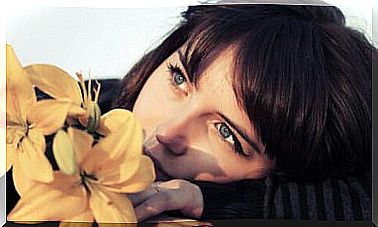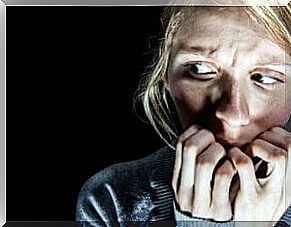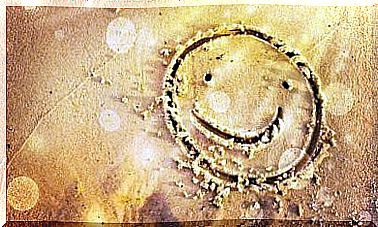Hyperinsomnia: Symptoms And Treatment
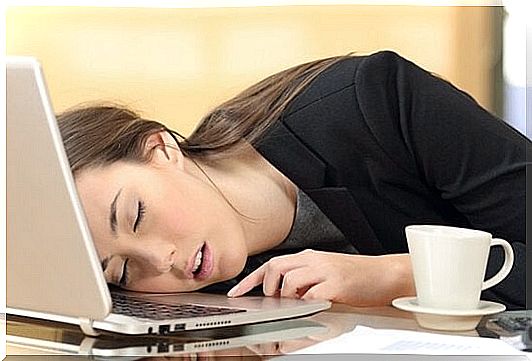
It has probably also happened to you to sleep more than you wanted and to wake up still feeling sleepy. Or to have so much sleep during the day that you can hardly keep yourself on your feet. If this has happened to you, you may have been a victim of hyperinsomnia.
Sleep-wake disorders are divided into 10 ailments or groups of ailments. Among them we find insomnia, hyperinsomnia, narcolepsy, sleep disturbances related to breathing, circadian rhythm disturbances or restless legs syndrome.
In today’s articles we will talk about one of these: hyperinsomnia. Broadly speaking, this term indicates excessive or excessive fatigue. Those who suffer from hyperinsomnia are unable to feel rested and experience unusual sleepiness.
What are the characteristics of hyperinsomnia?
Hyperinsomnia is a broad diagnostic term that includes symptoms related to excessive sleep (e.g. prolonged night sleep or involuntary daytime sleep), propensity to sleep during the day, and sleep inertia.
People suffering from hyperinsomnia fall asleep quickly and enjoy good sleep efficiency – over 90%. However, they may experience difficulty getting up in the morning, sometimes feel confused, combative, or ataxic (ataxia is the lack of coordination of certain parts of the body). These general difficulties related to the transition from sleep to wakefulness are referred to as sleep inertia, which can affect even after waking up from an afternoon nap.
Although during this phase the person appears awake, in reality there is a reduction in motor activity which leads to inappropriate behavior. Memory deficits, loss of spatio-temporal orientation and nausea are also common.
This phase can last from a few minutes to a few hours. The persistent need to sleep can lead to some automatic attitudes of which the person subsequently loses the memory. Some people, for example, realize that they have traveled several kilometers unconsciously and that they have driven “automatically”.
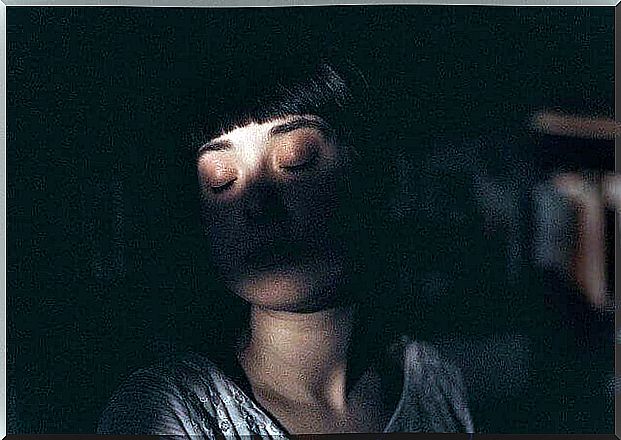
Even if the sleep is long it is not restorative
Some people with hyperinsomnia sleep 9 hours or more. Their rest, however, is not restorative and they have serious difficulty waking up despite having slept for a long time.
In these cases, excessive sleepiness turns into a series of involuntary daytime naps. Often they are relatively long (more than an hour) and do not help to rest the person, who continues to feel tired.
Daily naps occur almost every day regardless of the prolonged nighttime sleep duration. For its part, the quality of the same can be more or less good and, unlike the sleep attacks, the sense of tiredness felt lasts for a long time.
Involuntary sleep episodes occur in situations where there is little stimulation and low activity : during conferences, while reading, when watching television, or when driving long distances. In severe cases they can arise in situations that require great concentration, such as in the workplace, during a meeting or social gatherings.
What are the criteria for diagnosing hyperinsomnia disorder?
According to the Diagnostic and Statistical Manual of Mental Disorders (DSM-5), the diagnostic criteria for hyperinsomnia disorder are as follows:
A. The individual has excessive sleepiness (hyperinsomnia) despite having slept for at least seven hours, with one or more of the following symptoms:
- Recurring periods of sleepiness or feeling very tired during the day.
- A major episode of prolonged sleep of more than nine hours, but not restorative.
- Difficulty staying fully awake after a rude awakening.
B. Hyperinsomnia occurs at least three times a week for a minimum of three months.
C. Hyperinsomnia is accompanied by significant malaise or worsening in cognitive, social, occupational or other important areas of functioning.
D. Hyperinsomnia is not justified by another sleep disorder and does not occur exclusively in connection with another sleep disorder (such as narcolepsy or parasomnia).
E. Hypersomnia is not attributable to the physiological effects of taking substances such as drugs or medications.
F. The coexistence of mental or medical disorders does not adequately explain the predominant presence of hyperinsomnia.
Finally, the DSM-5 illustrates three severity levels of hyperinsomnia:
- Mild : Difficulty staying alert during the day for 1-2 days / weeks.
- Moderate : Difficulty staying alert during the day for 3-4 days / weeks.
- Severe : Difficulty staying alert during the day for 5-7 weeks.
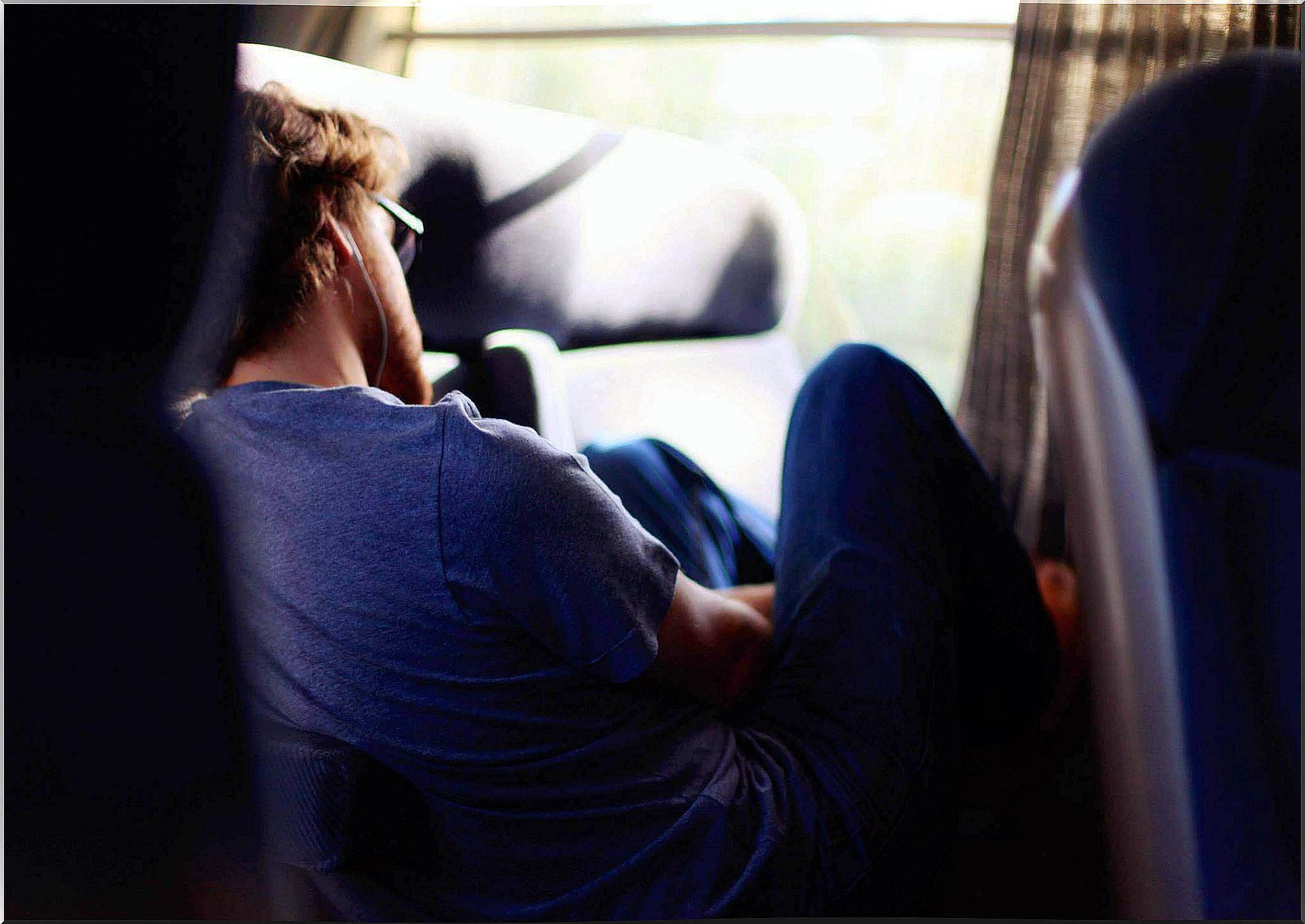
Features associated with hyperinsomnia that determine the diagnosis
Although hyperinsomnia occurs frequently with symptoms such as unrefreshing sleep, automatic behavior, difficulty waking in the morning and sleep inertia, the same symptoms can also be characteristic of other disorders, such as narcolepsy.
About 80% of people with hyperinsomnia report that their sleep is not restorative and that they have difficulty getting up in the morning. Sleep inertia, although less common, is typical of hyperinsomnia. Short naps (less than thirty minutes) are often not a source of rest.
The person often appears asleep or may even fall asleep while in the doctor’s waiting room. A small proportion of people with hyperinsomnia have similar cases in the family. At the same time, symptoms of autonomic nervous system dysfunction, such as vascular-type headache, reactivity of the peripheral vascular system (Raynaud’s phenomenon), and fainting may occur.
How common is hyperinsomnia?
Hyperinsomnia is diagnosed in about 5-10% of people admitted to daytime sleep disorder clinics. Approximately 1% of the general European and US population have episodes of sleep inertia. Hyperinsomnia affects men and women equally.
Treatment of hyperinsomnia
Treatment of this disorder can be accomplished with two different approaches. On the one hand, pharmacological treatment can be used. The sleep specialist can prescribe specific medicines to help the patient stay awake longer.
This is preferable to choosing to consume large amounts of psychoactive substances, such as coffee. In fact, an excessive intake of psychostimulants can generate serious consequences on health, especially of the heart type.
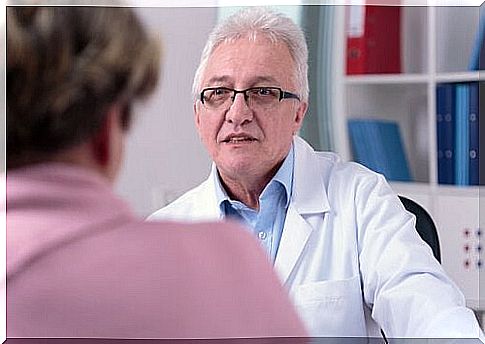
The non-drug treatment of hyperinsomnia basically consists of a modification of sleep patterns. For this purpose, the person is trained to control stimuli in order to teach them to recognize when their sleepiness begins. At that moment she can perform a series of exercises that help her wake up.
Some techniques help to maintain concentration more easily, among which mindfulness is also recommended. Finally, no less important are the sleep hygiene techniques, with which the patient is taught to establish certain conditions that allow him to rest better. The guidelines for proper sleep hygiene refer to both environmental factors (room temperature, lighting, etc.) and dietary factors (do not ingest certain foods before going to sleep), as well as other factors related to rest.
Hyperinsomnia is therefore a medical or psychological condition that can be treated. If by reading the diagnostic criteria you believe you may be suffering from this disorder, we recommend that you consult your doctor. Remember that the diagnosis can only be established by a licensed professional.

